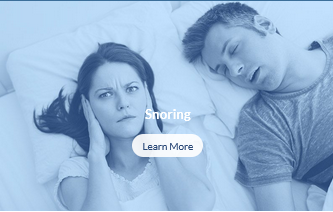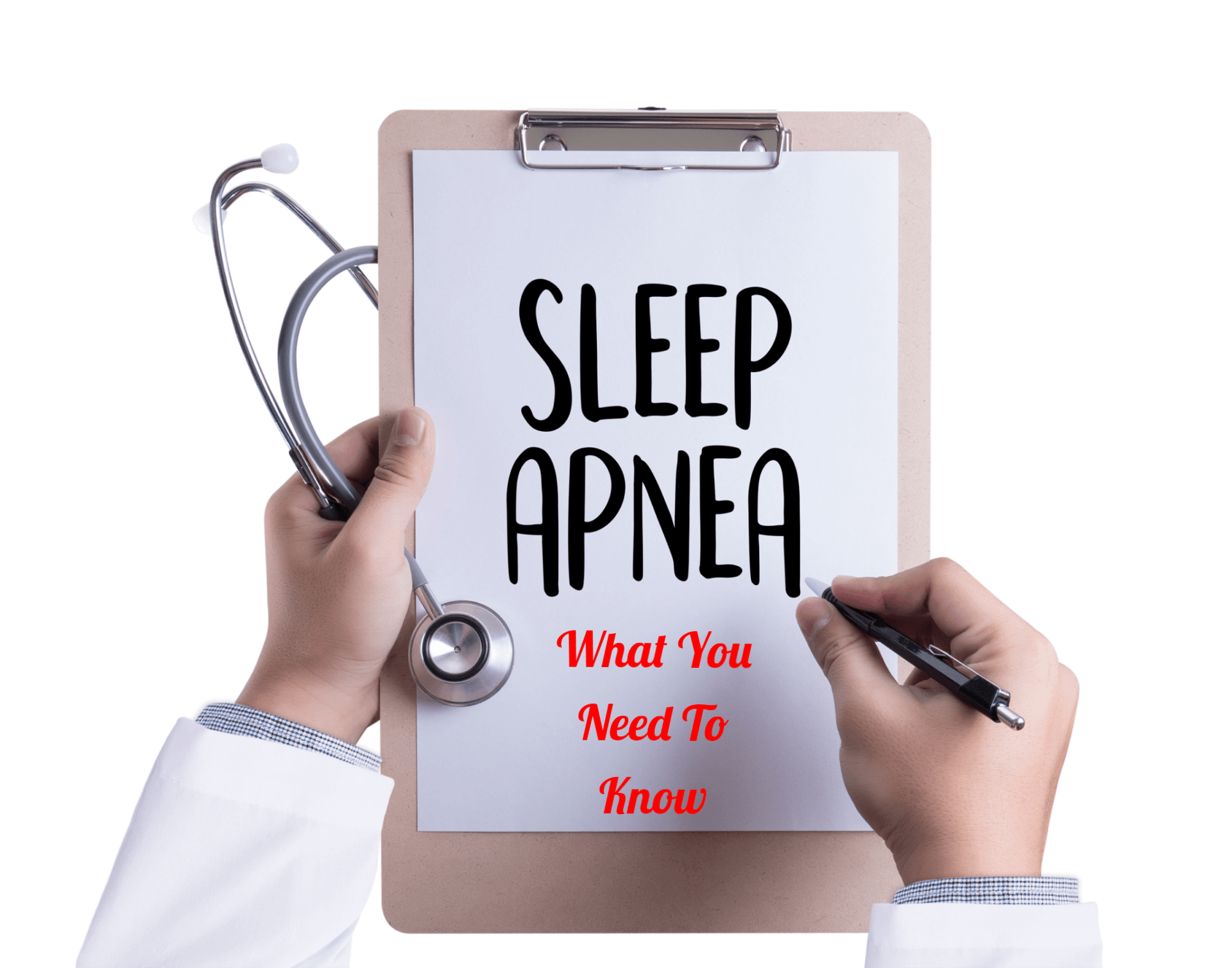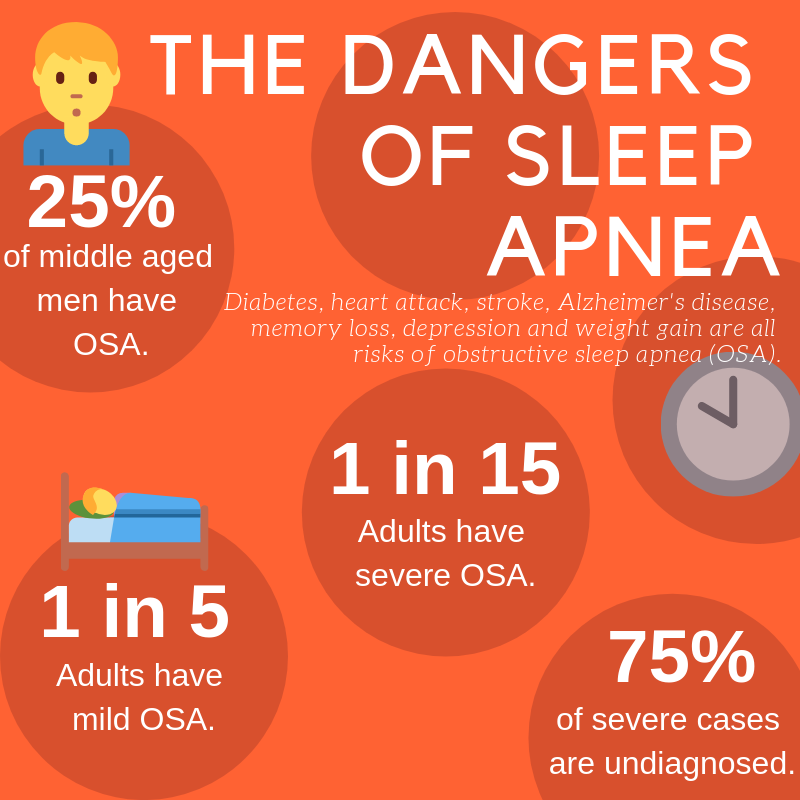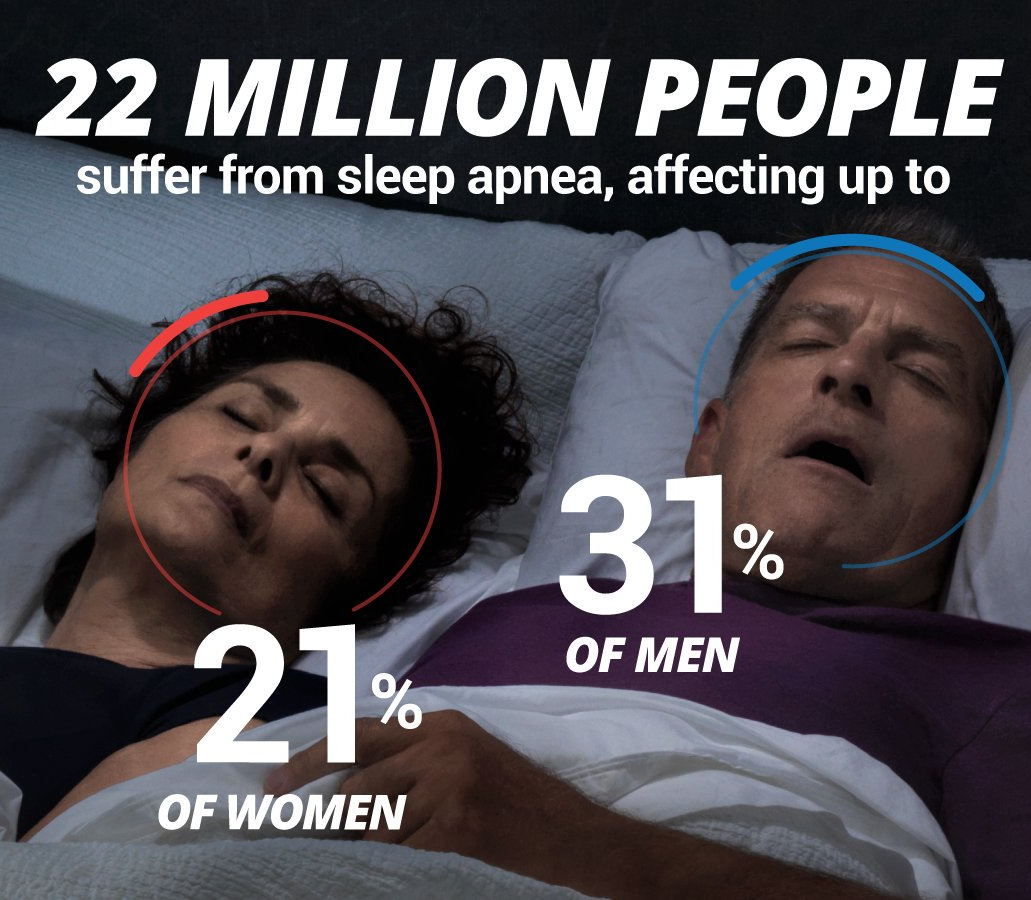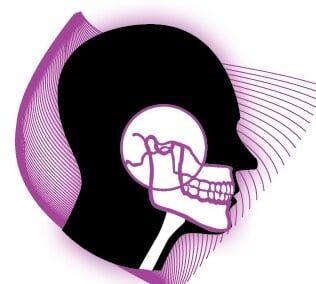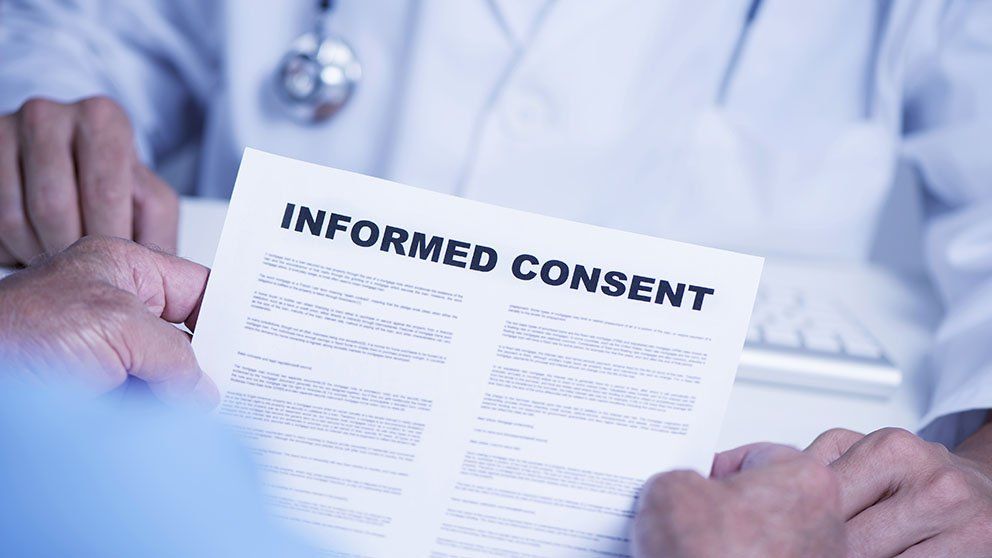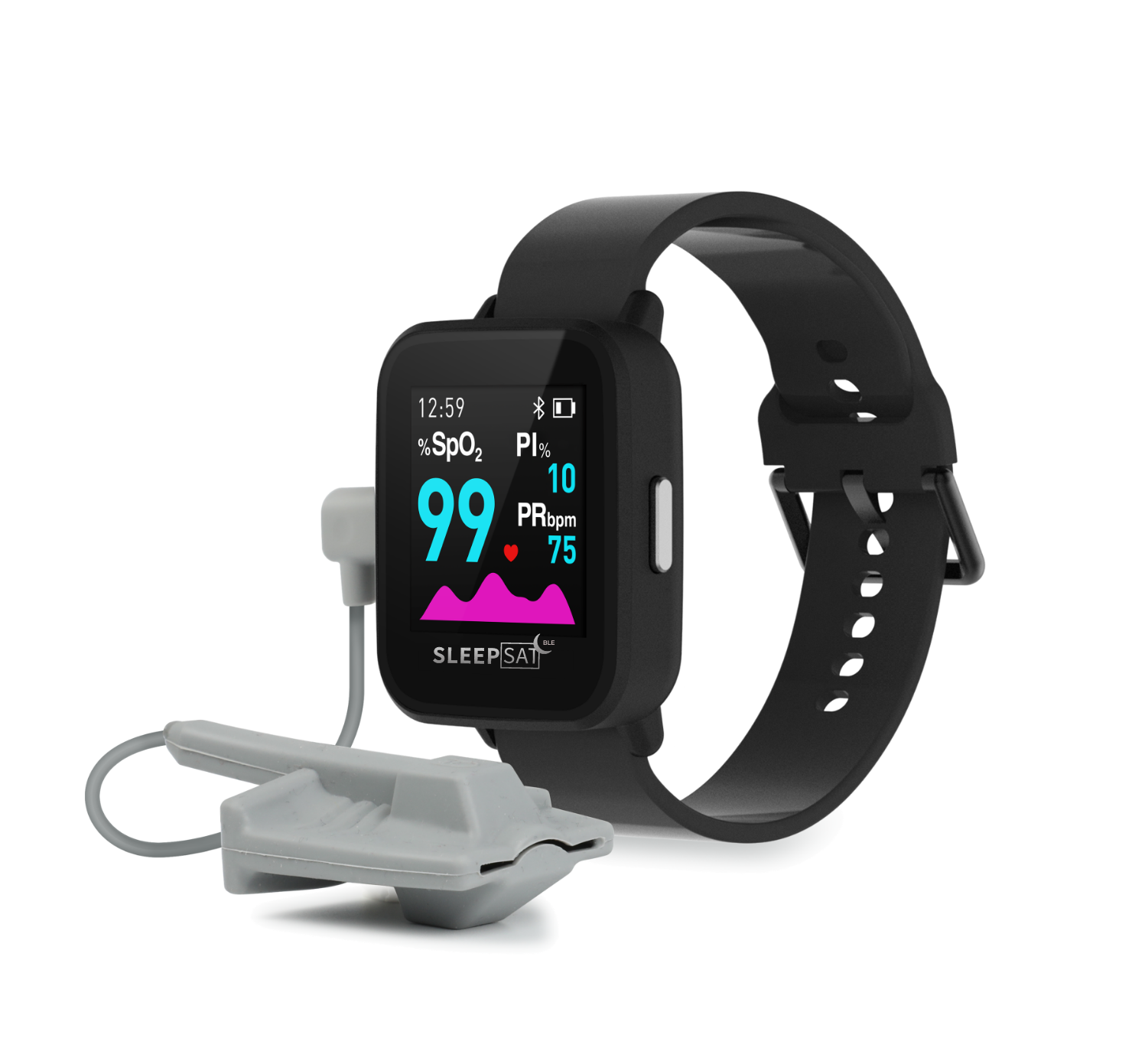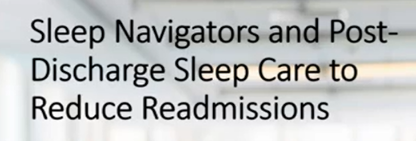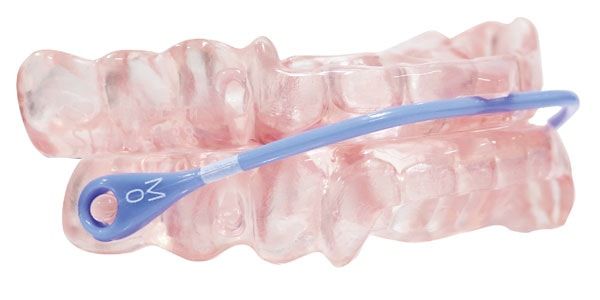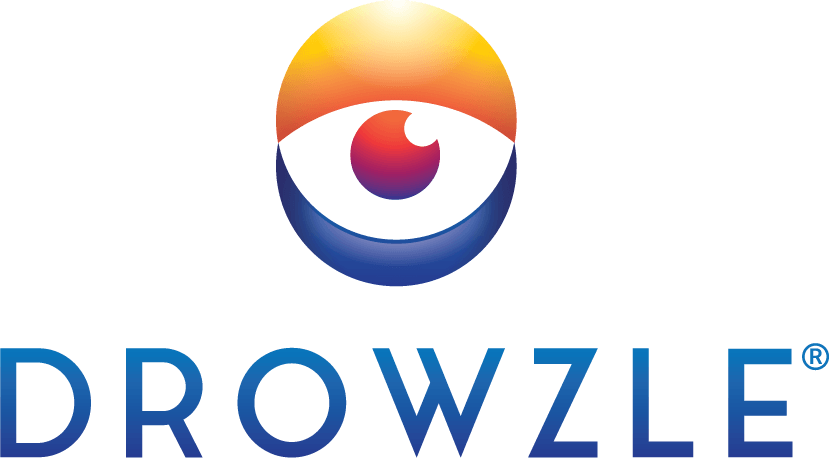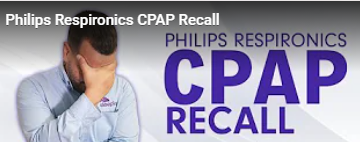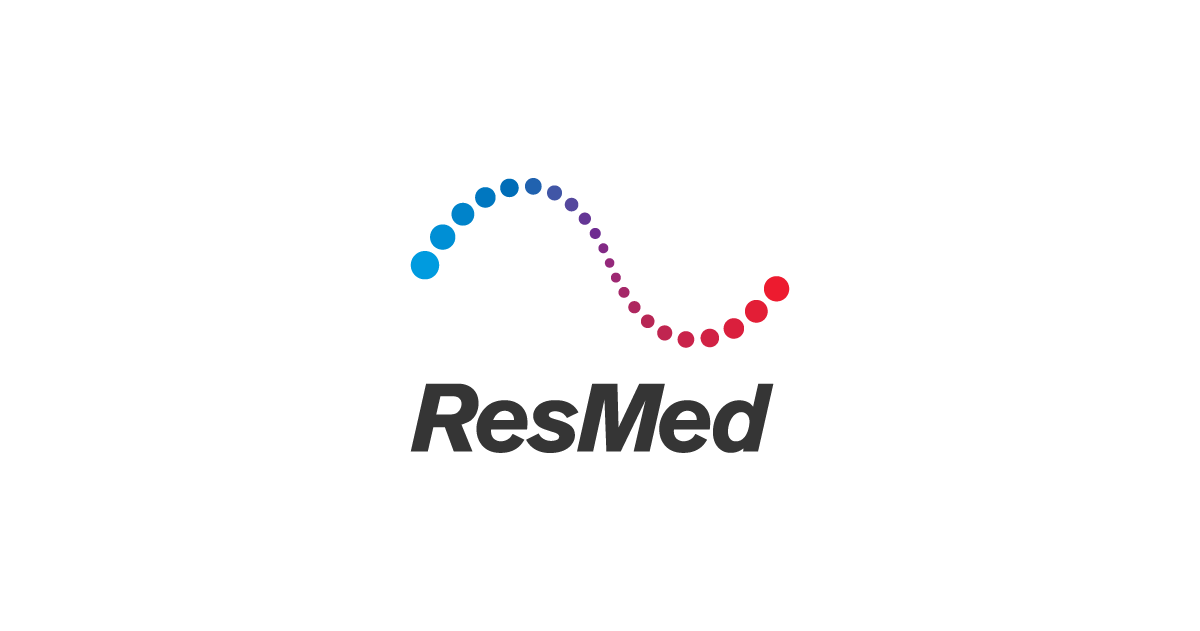Key Findings from Our 2018 Dallas Sleep Survey
It is well-researched and widely accepted that sleep is a major contributing factor to overall health and wellness. Yet, when compared to other factors like diet and exercise, it is an often overlooked or compromised priority that takes a backseat in the cadence of our daily lives. According to the the Center for Disease Control […] The post Key Findings from Our 2018 Dallas Sleep Survey appeared first on Sleep Dallas Blog.

and Prevention (CDC), more than one-third of American adults are not getting enough sleep on a regular basis. In Dallas, the 2017 American Fitness Index report showed that only 67 percent of Dallas area residents were getting the recommended minimum of seven or more hours of sleep per day — one of several factors contributing to Dallas ranking 38th of 50 on the index, which measures health and community fitness at the metropolitan level in the United States.
Furthermore, the CDC regards insufficient sleep as a ‘public health problem’. Studies have shown a number of serious impacts of not getting enough quality sleep, some of which include:
- Increased risk of death or injury due to drowsy driving
- Increased risk of workplace accidents, resulting in death or injury
- Increased risk of developing a host of comorbidities, such as depression, heart disease, stroke, and diabetes
In an attempt to bring awareness to the issue, Dr. Kent Smith of Sleep Dallas invited Dallas area residents with sleep challenges to participate in his 30-Day Sleep Challenge, in which they would prioritize sleep by implementing strategies to improve sleep hygiene, sleep quality and sleep efficiency. Prior to the 30-Day Sleep Challenge, all participants completed a pre-assessment sleep survey to measure the current state of their sleep quality and efficiency, as well as their personal sleep habits. Key findings from the pre-assessment study, which have been detailed in the survey’s Executive Summary, reveal some interesting data about the state of sleep in Dallas.
Most notably, the pre-challenge survey discovered that nearly two-thirds of the study respondents do not meet the recommended minimum of seven hours of sleep on weeknights. Additionally, the study showed that participants continuously engage in electronic device usage one hour prior to bedtime – a known factor impeding sleep quality.
Download the 2018 Dallas Sleep Survey Executive Summary Dallas Sleep Study Executive Summary
